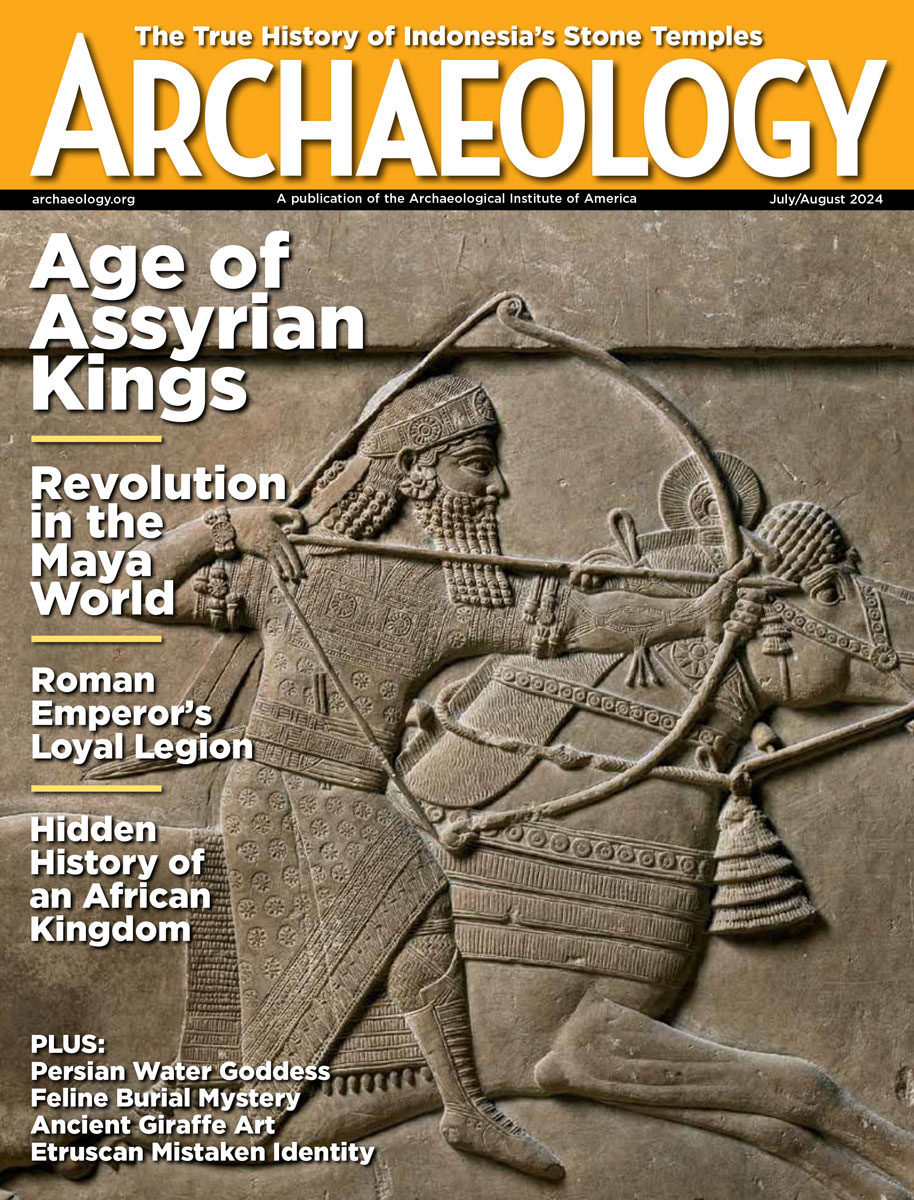Monday, April 30
April 30, 2012
In England, police suspect professionals in last week’s theft of 18 ancient Chinese artifacts from The Fitzwilliam Museum at Cambridge University. Two weeks ago, two Chinese artifacts were stolen from Durham University’s Oriental Museum. “The items stolen are very valuable and are of great cultural significance so we are absolutely committed to recovering them and bringing those who stole them to justice. This is an exceptional crime that we are taking very seriously,†said Detective Chief Superintendent Karen Daber.
Lima, Peru, was largely built upon pre-Inca archaeological sites, and now the city’s expansion is putting those ancient spaces at risk. These areas are marked and are known as “sacred places,†but the areas around them are not protected. “This omission allows developers and squatters to invade them, or mayors to build parks and playing fields on them,†said archaeologist Cristian Vizconde. The government does not have the resources to conserve all of the archaeological sites. Few private sector businesses have been willing to accommodate ruins.
While examining the mummy housed in a 2,300-year-old sarcophagus that belonged to an Egyptian woman named Kareset, scientists in Croatia realized that the mummy is actually that of a 2,900-year-old man. X-rays, CT scans, and MRI scans revealed that he suffered from Hand-Schuller-Christian’s disease, which left him with painful lesions on his skull and spine. The mummy may have been put into the sarcophagus in the nineteenth century to make it more appealing to collectors.
The ministries of culture and foreign affairs of Mexico and Austria have reportedly hammered out an agreement governing the loan of cultural artifacts between the two countries. The bilateral pact does not address the ownership of objects that may be loaned, but does specify legal procedures should a loaned artifact not be returned. The treaty now has to be ratified by the legislatures of both governments. It could make it possible for a disputed Aztec feathered headdress housed in Austria to be exhibited in Mexico.
- Comments Off on Monday, April 30
Friday, April 27
April 27, 2012
Two significant archaeological sites have been discovered at Tufton farm, which is located near Monticello and was once owned by Thomas Jefferson. The two sites include remnants of enslaved field hands’ homes from the mid-nineteenth century, but the first site was also occupied during Jefferson’s lifetime. Jefferson’s enslaved domestic workers and artisans lived at Monticello, in an area known as Mulberry Row. The sites at Tufton will provide archaeologists with information to compare the material lives of his various workers. “Our initial hypothesis is that these newly discovered sites represent multiple, widely spaced single-family houses,†said Fraser Neiman, director of archaeology at Monticello.
The bones of 20 men who were killed in battle during the Thirty Years War have been carefully extracted from a mass grave that was removed from the ground in two large blocks and transported to a laboratory for excavation and study. The grave was found outside the city of Lützen, where the battle was fought on November 16, 1632. Thousands were killed, including Sweden’s King Gustav II Adolf. The bones show signs of wounds, including a blow to the head, and a lead bullet in a pelvis. Strontium isotope analysis of the bones will determine the soldiers’ home countries.
A new genetic study by Pontus Skoglund of Uppsala University suggests that Mediterranean farmers migrated to Scandinavia, where they mixed with hunter-gatherers 5,000 years ago. Archaeological evidence indicates that farmers also moved into Europe from the Middle East. Evolutionary geneticist Mattias Jakobsson adds that the spread of agriculture was eventually genetic and cultural, after the two groups lived side by side for more than 1,000 years.
A dinosaur fossil has been unearthed at the Pig Point site in Maryland. It was probably used by Native Americas for cooking purposes. “The Native Americans cooked in clay pots. But if you put a clay pot on the fire it would crack as it heated up. So they would put their meat, vegetables, and water in the pot, then heat up these small rocks in the fire and drop them in the pot to cook their food,†explained Al Luckenbach, Anne Arundel County’s archaeologist. He also found a dog burial at the site. “The dog was elderly, its teeth were quite worn,†he added.
Two illegal loggers from Guatemala were detained in Belize’s Caracol Archaeological Reserve. Officials suspect that more than $2 million of cedar and mahogany was taken.
- Comments Off on Friday, April 27









